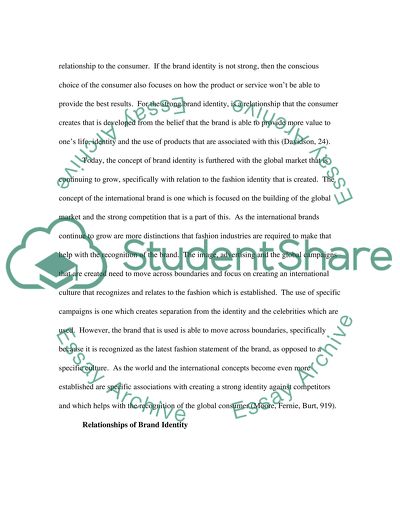Cite this document
(“Logos in Adverstising Essay Example | Topics and Well Written Essays - 3500 words”, n.d.)
Retrieved from https://studentshare.org/journalism-communication/1392901-yes-logo-the-brand-logo-hold-the-magic-of-style
Retrieved from https://studentshare.org/journalism-communication/1392901-yes-logo-the-brand-logo-hold-the-magic-of-style
(Logos in Adverstising Essay Example | Topics and Well Written Essays - 3500 Words)
https://studentshare.org/journalism-communication/1392901-yes-logo-the-brand-logo-hold-the-magic-of-style.
https://studentshare.org/journalism-communication/1392901-yes-logo-the-brand-logo-hold-the-magic-of-style.
“Logos in Adverstising Essay Example | Topics and Well Written Essays - 3500 Words”, n.d. https://studentshare.org/journalism-communication/1392901-yes-logo-the-brand-logo-hold-the-magic-of-style.


